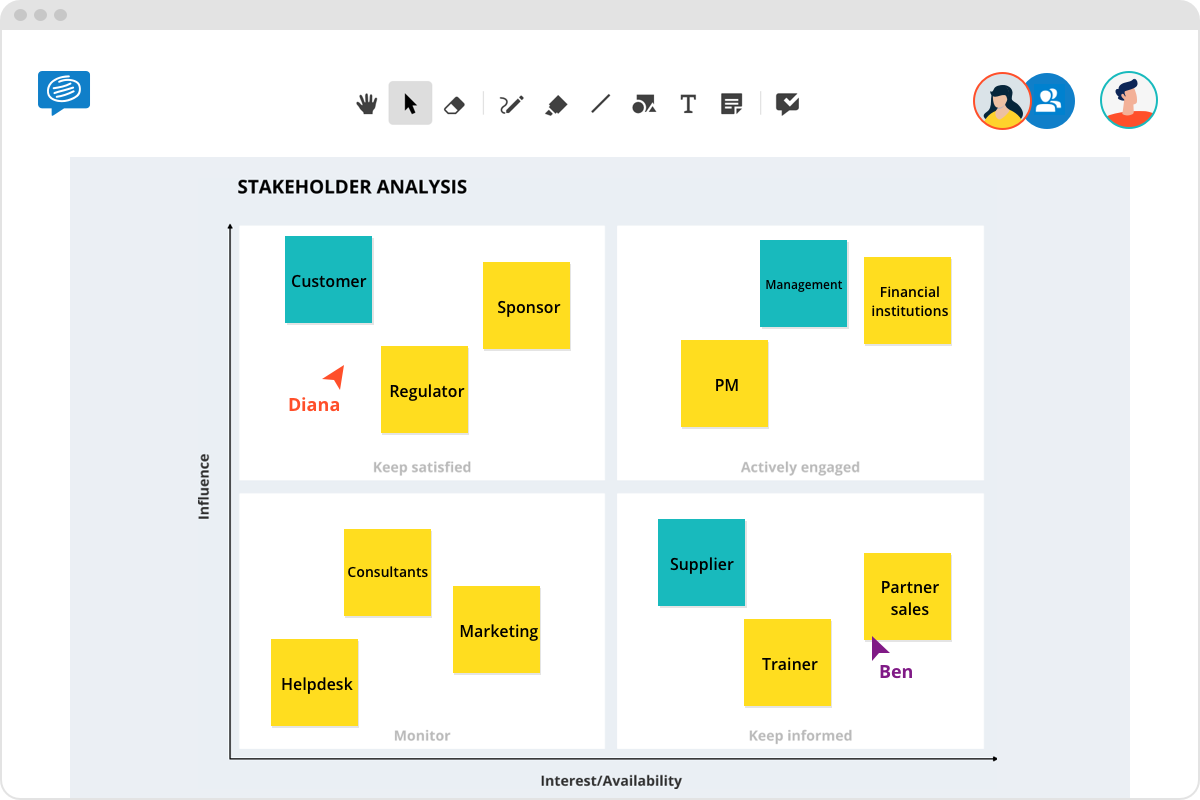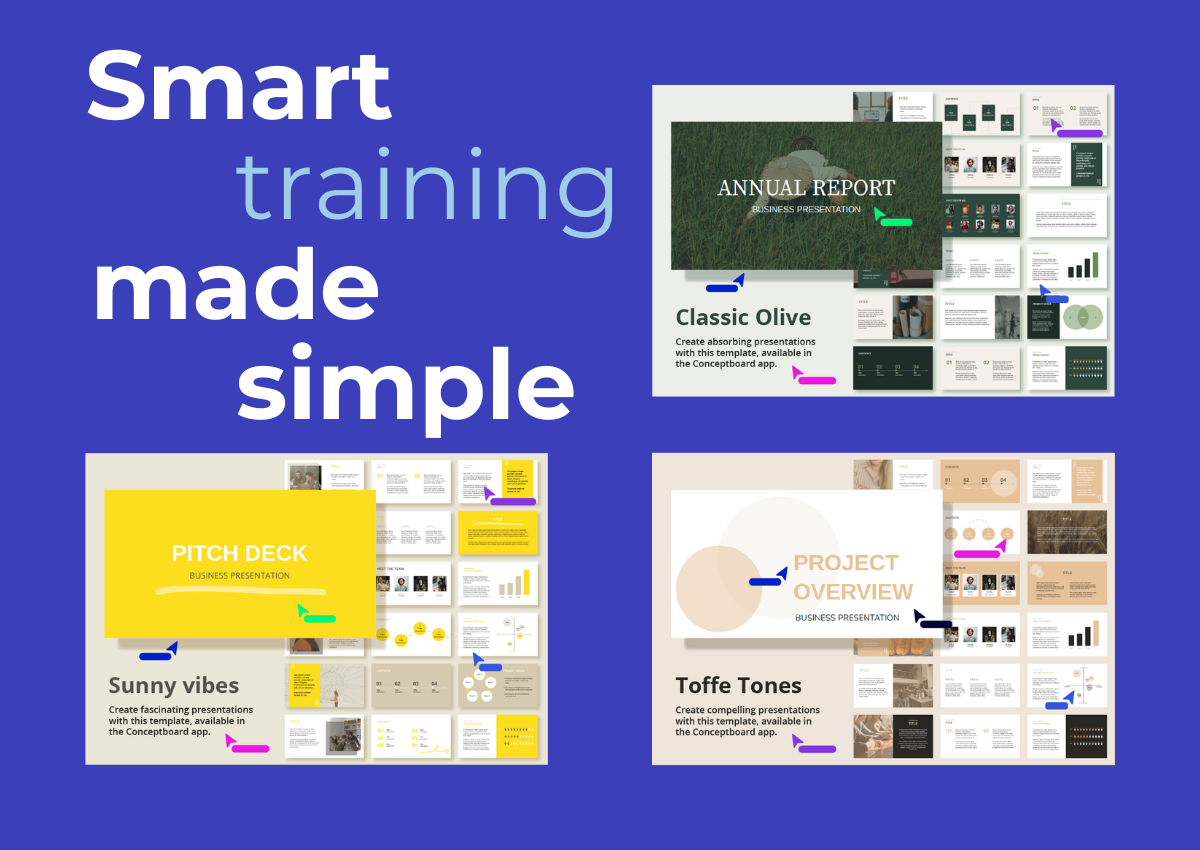This post is also available in: German
The Mendelow Matrix (also known as the Stakeholder Analysis matrix and the Power-Interest matrix) is a simple framework to help manage your stakeholders.
What are stakeholders? Anyone with a vested interest in a project, both internal and external.
Anyone who’s managed a project knows how complicated it can be to manage the competing interests of various stakeholders. Who needs to know what and when, who needs to give their feedback and who has the final approval can be perplexing.
However, managing stakeholders is critical to the success of a project. This is where a stakeholder analysis matrix can help.
What is a stakeholder analysis (Mendelow Matrix)?
A stakeholder analysis (Mendelow Matrix) helps you visualise all your stakeholders and determine their expectations. You should consider both internal and external stakeholders.
- External stakeholders: clients, industry influencers, subject-matter experts, community leaders, suppliers.
- Internal stakeholders: staff, executives, finance departments, shareholders and investors.
Based on their involvement in a project, you should prioritize the needs and expectations of each stakeholder, so you can endeavor to keep them all happy. This prioritization is based on four competing factors:
- Power: How much power and influence do they have based on their positions
- Awareness: How much are they aware of the impact of the project.
- Interest: How high is their vested interest in the project outcome.
- Support: Are they supportive or resistant to the project.
What are the sections of the power-interest matrix (stakeholder analysis matrix)?
Let’s take a closer look at four sections of the matrix.
The sliding scale on the x-axis refers to the amount of power each stakeholder has. The sliding scale on the y-axis refers to the level of interest they have in the outcome of the project.
Each of your stakeholders should be placed in one of four categories:
- Key players: These stakeholders have high power and high interest. This might be upper management, directors, major investors or partners. They will demand the highest priority in terms of communication and involvement in decision-making.
- Keep satisfied: These stakeholders have high power but low interest. These may be regulatory or government departments, lawmakers, banks, insurance companies, law enforcement.
- Keep informed: With low power but high interest, this category refers to staff, suppliers, community groups, business partners. They are highly interested and should be regularly updated.
- Monitor: The final category is for the stakeholders with low power and low interest. Depending on the project, this might be suppliers, local groups, and the general public. These groups require minimal effort and attention, but they should at least be monitored and kept informed.
Performing a stakeholder analysis using an online template
- Open the Mendelow Matrix template and invite the project team and key representatives to a collaborative online discussion.
- Begin by brainstorming all the individuals and groups who could be considered stakeholders and add them onto sticky notes
- Move each individual or group onto the matrix based on the power they have and their interest or engagement with the project.
- Now it’s time to analyze any potential issues or gaps between expectations and the current state.
- Do you have highly interested stakeholders who are not receiving regular reports?
- Are you over-communicating with the crowd, i.e. the general public who don’t have a vested interest?
- Once you’ve finished, create a communications plan accordingly to the needs of all the stakeholders you’ve just plotted.
Example of a Mendelow Matrix
To get a clear overview of what a stakeholder analysis (Mendelow Matrix) looks like, we’ve created an example below based on a product development use case to prioritize key stakeholders and communicate with them early in the project.
Streamline your communications with Conceptboard
Conceptboard’s collaborative infinite canvas enables everyone to get on the same page when working remotely. With our vast template library for business strategy, communicating and brainstorming, we make it easy for your team to collaborate online.
Keep reading:







3 Comments. Leave new
Hello. The links to this template seem to be linking to a Strategy Analysis, rather than the shown Stakeholder analysis. Do you have the link to the correct teamplate somewhere? Thanks.
Hello Wendy, thank you for your message! This was a mistake, indeed. Unfortunately, we took the Stakeholder Analysis Template offline, but I already spoke to our product team and we decided to take it online again. I will inform you as soon as possible. Many thanks, Linda from Conceptboard
The issue remains. Do you have a stakeholder analysis template?